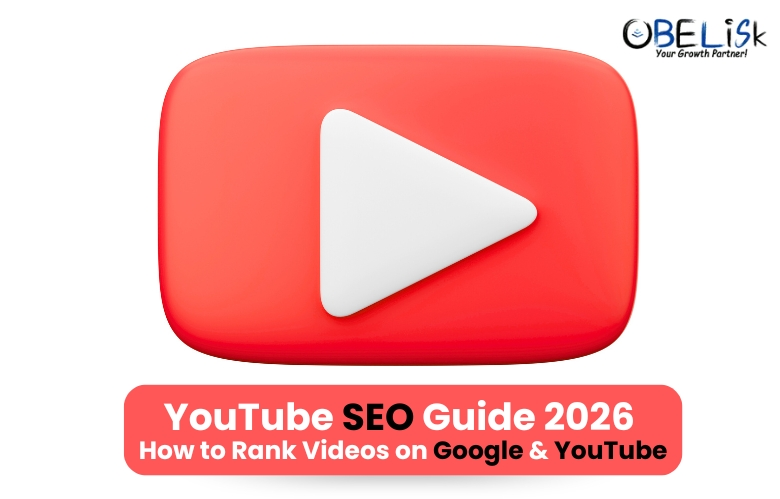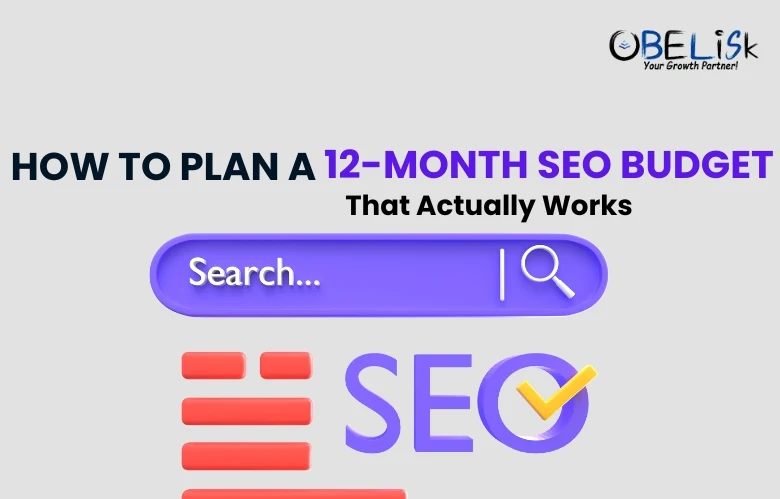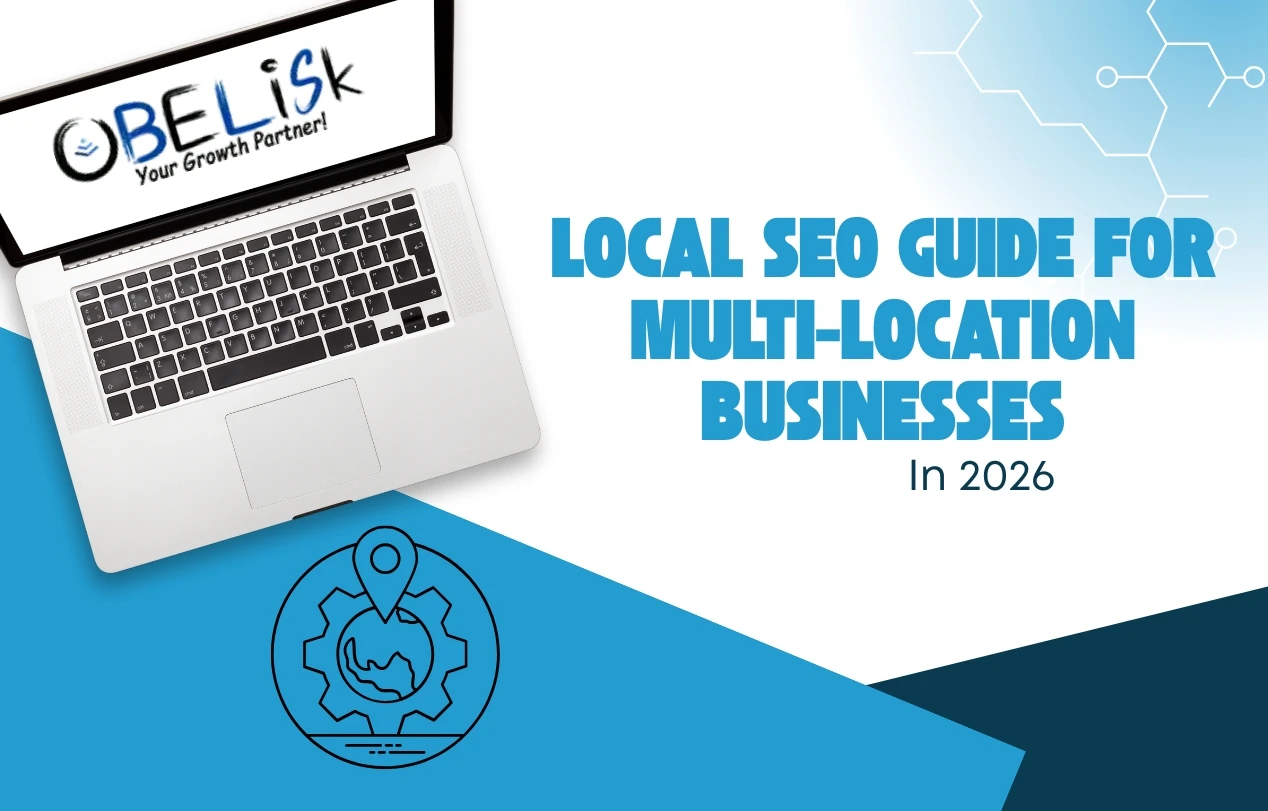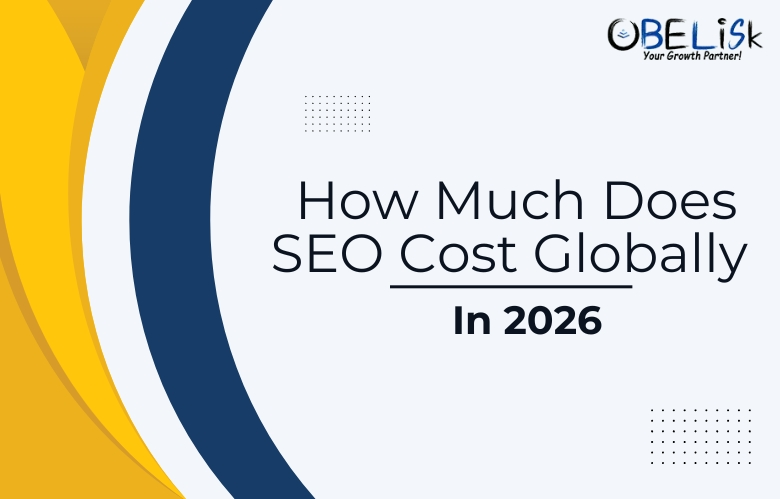If “Content is the King!”, then SEO is surely the power behind the throne! That’s how important SEO is for establishing your online presence in this highly competitive race to glory. Whatever business you are into, a top Google search engine ranking is one of those must-have attributes to flourish your brand awareness and authority amidst competitors. Thus, SEO polishing is needed routinely for your website. This is exactly what “SEO Auditing” is!
SEO Auditing is the process of tuning your website’s gear correctly and comprehensively to help achieve the optimization it needs. Maybe you were among the top 0.0005% cream businesses of your domain, but the current analytics had somewhere fallen off the charts. With methodical SEO auditing, you can fix technical issues like the crawlability and indexability of your page to make it visible to more and more audiences and “stonk” it higher up. Here in this blog, you will get to know all about the minute nuances of auditing your SEO. So, ready, set go!
Astonishing benefits to assert the bigger picture of how crucial SEO Audits can be
Let’s take a quick sneak peek into the cons of SEO Auditing.
- Enhances customer experience to another level, with close attention to improving load page, mobile responsiveness, and relevancy.
- Eliminates toxic or unwanted backlinks to optimize the off-page factor.
- Assists web spiders to effectively crawl and index your web content.
- Takes you well ahead of your competitors.
- Focuses intrinsically on the content gap in a page to suggest more rewarding edits.
A brief walk-through of the process of SEO audit chronologically!
1) Establishing the goal and scope of the audit
This includes:
- Pointing out the time required for in-depth analysis.
- Determining the metrics to be checked.
- Be mindful of the goal to be achieved by the audit.
2) Analysis of Crawlability and Indexability
The crawlability of a page is the extent to which search engine spiders can access the subpages and contents of the website. On the other hand, Indexability refers to the ability of a webpage to get indexed in search results. Here’s a concise flowchart of the steps.
- Investigating the Robots.txt file to ensure there exists no blocked links for the spider to crawl on the site.
- Checking on the XML Sitemap to make it up to date, for better rankings.
- “No index” tags shall be verified to facilitate efficient indexing of pages.
3) On-page factor tuning
This includes optimization of proper keywords, header, meta descriptions, and URL structure in the content. Make sure header tags are incorporated properly. The thumb rule is there shouldn’t be more than one H1 tag on the website.
4) Evaluation of Technical SEO
Keep an eye on the page load speed from sites like Google PageSpeed Insights, etc to eliminate lags. Moreover, the website should be heavily mobile-responsive to capture higher traffic.
5) Reviewing backlinks on the site
Backlinks are an efficient way to optimize the SEO of a webpage. However, the presence of irrelevant, invalid, or untrusted links can lead to its downfall as well. So conduct a routine check on the backlinks for fruitful results.
6) Following up on the competitors around
To win a battle, keeping your enemies close is necessary. Similarly, closely observe and analyze the content strategies and SEO tricks of your competitor businesses and implement them in your own way.
7) Reporting and analyzing the performance
A well-drafted documentation is highly beneficial for the stakeholders and developers to shed light on both the positives and negatives of the website. Suggest feasible remedies to level up the SEO game by incorporating more well-researched and optimized keywords, headers meta descriptions, etc.
These steps entirely cover a thorough step-by-step guide to the SEO auditing process. One thing that you’ll have to promise, is to carry out and study the changing SEO techniques regularly no matter what.
Final Words
There are a bunch of paid and free tools for conducting efficient SEO auditing. While paid versions, like SEMrush, Sistrix, etc may provide highly advanced analytics data and strategies to improve the backlinks and keywords on your website, free services of Google may also be a viable option. Tools like Google Search Console, Google Analytics, and Google My Business have ameliorated quite significantly over the years. Thus, if your budget doesn’t permit you to avail of the paid ones, you can get your work done with the unpaid applications satisfactorily.
SEO Audit is indeed an unavoidable step to maintain and expand your customer base simultaneously. Quite honestly, getting overtaken by your fellow rival may just be a matter of time, if you don’t adapt enough to this evolving landscape of SEO. Thus, be relevant, stay relevant, and keep auditing hard!











